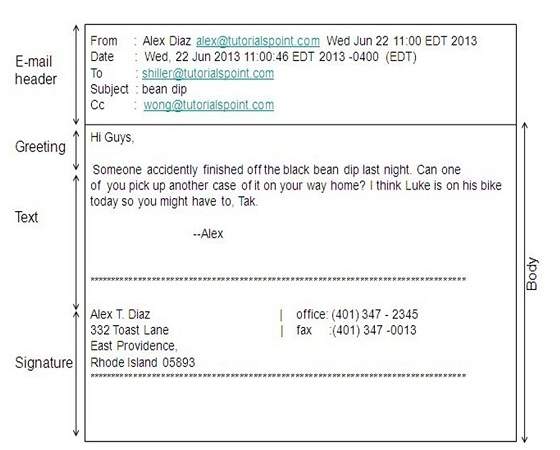
- Home
- Internet Overview
- Intranet Overview
- Extranet Overview
- Internet reference Models
- Internet Domain Name System
- Internet Services
- Internet Connectivity
- Internet Protocols
- Electronic Mail Basics
- E-Mail Overview
- E-Mail Protocols
- E-Mail Working
- E-Mail Operations
- E-mail Features
- E-Mail Etiquettes
- E-mail Security
- E-mail Providers
- Website Development
- Websites Overview
- Websites Types
- Website Designing
- Websites Development
- Website Publishing
- Website URL Registration
- Website Hosting
- Website Security
- Search Engine Optimization
- Website Monetization
- World Wide Web
- WWW Overview
- Web Pages
- Web Browsers
- Web Servers
- Proxy Servers
- Search Engines
- Internet Collaboration
- Collaboration Overview
- Mailing List
- Usenet Newsgroup
- Online Education
- Social Networking
- Internet Security and Privacy
- Internet Security Overview
- Data Encryption
- Digital Signature
- Firewall Security
- Internet Web Programming
- HTML
- CSS
- JavaScript
- PHP
- Internet Useful Resources
- Internet Quick Guide
- Internet Useful Resources
- Internet Discussion
E-mail Overview
Email is a service which allows us to send the message in electronic mode over the internet. It offers an efficient, inexpensive and real time mean of distributing information among people.
E-Mail Address
Each user of email is assigned a unique name for his email account. This name is known as E-mail address. Different users can send and receive messages according to the e-mail address.
E-mail is generally of the form username@domainname. For example, webmaster@tutorialspoint.com is an e-mail address where webmaster is username and tutorialspoint.com is domain name.
The username and the domain name are separated by @ (at) symbol.
E-mail addresses are not case sensitive.
Spaces are not allowed in e-mail address.
E-mail Message Components
E-mail message comprises of different components: E-mail Header, Greeting, Text, and Signature. These components are described in the following diagram:

E-mail Header
The first five lines of an E-mail message is called E-mail header. The header part comprises of following fields:
From
Date
To
Subject
CC
BCC
From
The From field indicates the senders address i.e. who sent the e-mail.
Date
The Date field indicates the date when the e-mail was sent.
To
The To field indicates the recipients address i.e. to whom the e-mail is sent.
Subject
The Subject field indicates the purpose of e-mail. It should be precise and to the point.
CC
CC stands for Carbon copy. It includes those recipient addresses whom we want to keep informed but not exactly the intended recipient.
BCC
BCC stands for Black Carbon Copy. It is used when we do not want one or more of the recipients to know that someone else was copied on the message.
Greeting
Greeting is the opening of the actual message. Eg. Hi Sir or Hi Guys etc.
Text
It represents the actual content of the message.
Signature
This is the final part of an e-mail message. It includes Name of Sender, Address, and Contact Number.
Advantages
E-mail has prooved to be powerful and reliable medium of commmunication. Here are the benefits of E-mail:
Reliable
Convenience
Speed
Inexpensive
Printable
Global
Generality
Reliable
Many of the mail systems notify the sender if e-mail message was undeliverable.
Convenience
There is no requirement of stationary and stamps. One does not have to go to post office. But all these things are not required for sending or receiving an mail.
Speed
E-mail is very fast. However, the speed also depends upon the underlying network.
Inexpensive
The cost of sending e-mail is very low.
Printable
It is easy to obtain a hardcopy of an e-mail. Also an electronic copy of an e-mail can also be saved for records.
Global
E-mail can be sent and received by a person sitting across the globe.
Generality
It is also possible to send graphics, programs and sounds with an e-mail.
Disadvantages
Apart from several benefits of E-mail, there also exists some disadvantages as discussed below:
Forgery
Overload
Misdirection
Junk
No response
Forgery
E-mail doesnt prevent from forgery, that is, someone impersonating the sender, since sender is usually not authenticated in any way.
Overload
Convenience of E-mail may result in a flood of mail.
Misdirection
It is possible that you may send e-mail to an unintended recipient.
Junk
Junk emails are undesirable and inappropriate emails. Junk emails are sometimes referred to as spam.
No Response
It may be frustrating when the recipient does not read the e-mail and respond on a regular basis.